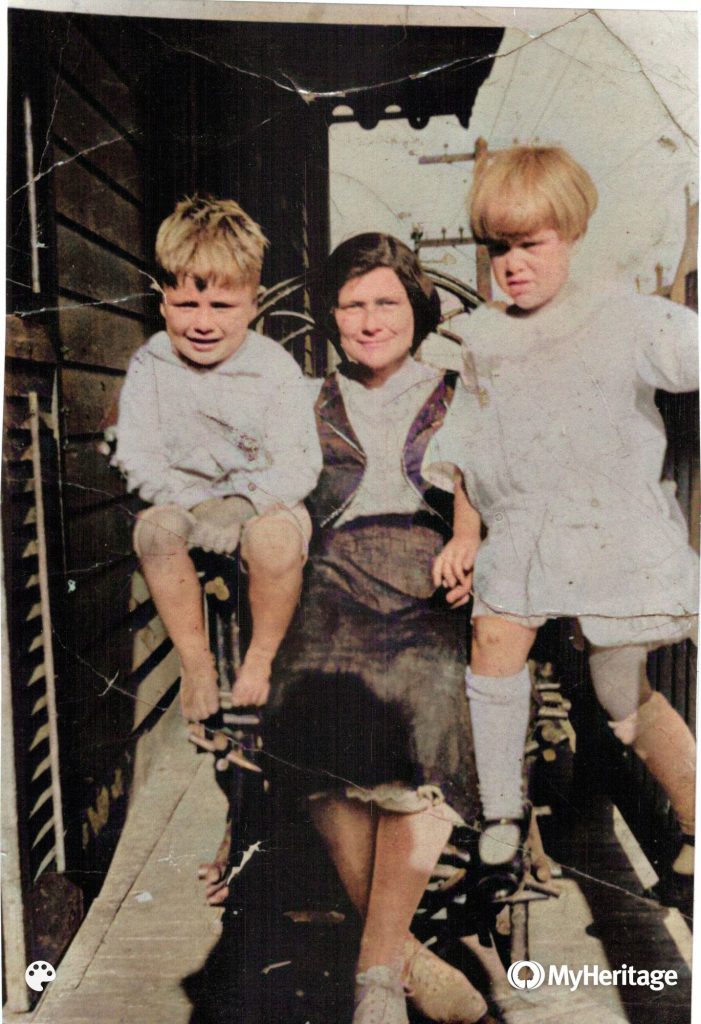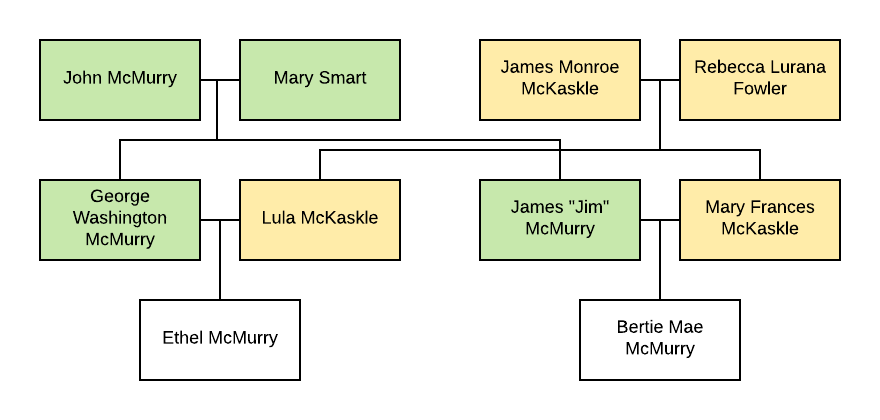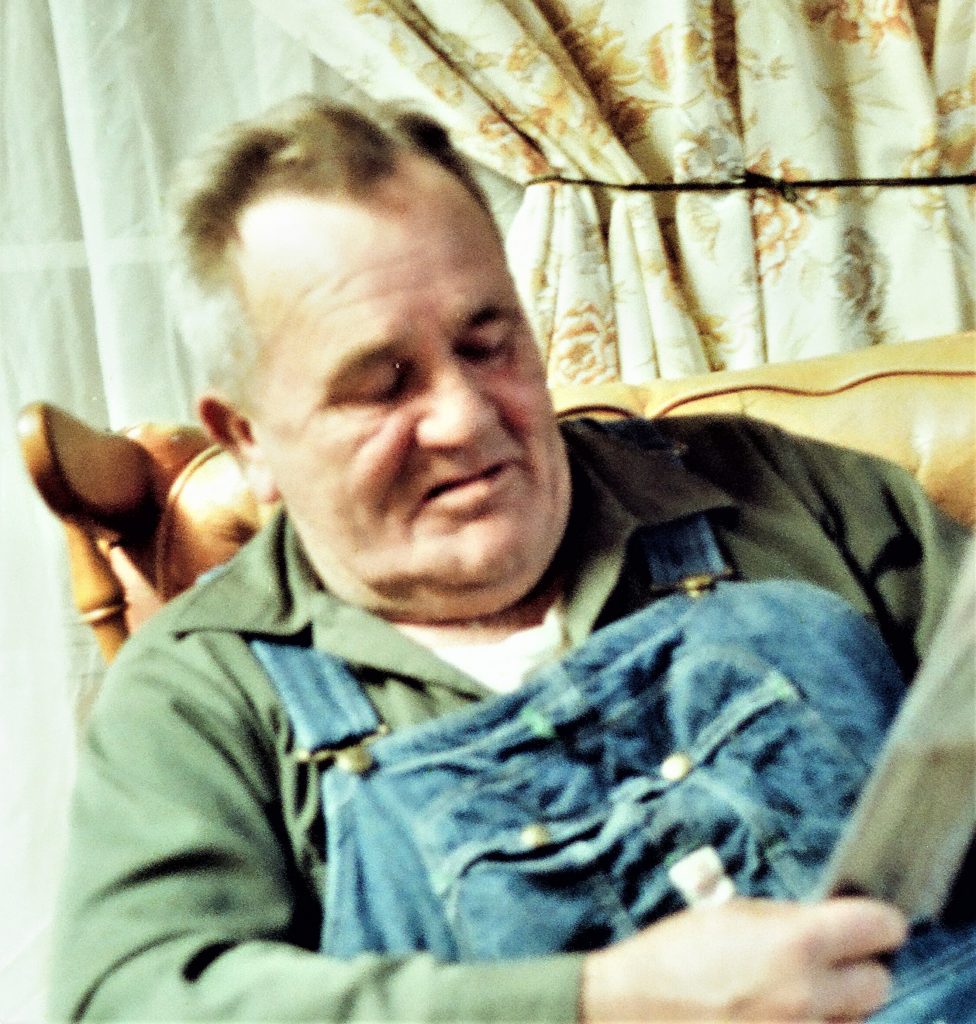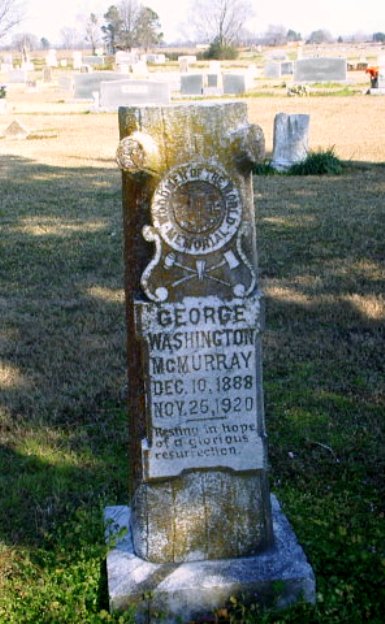Because my recent research has focused on Mary Smart McMurry, I decided to obtain her husband John McMurry’s federal land records. I needed to expand my “reasonably exhaustive research” — a tenet of the Genealogical Proof Standard — to her closest male relative in the absence of records for Mary. John patented approximately 160 acres in Gaar’s Mill, Winn Parish, Louisiana, in 1898. His land patent application could give more clues about his family structure, including Mary’s origins or her date of death.
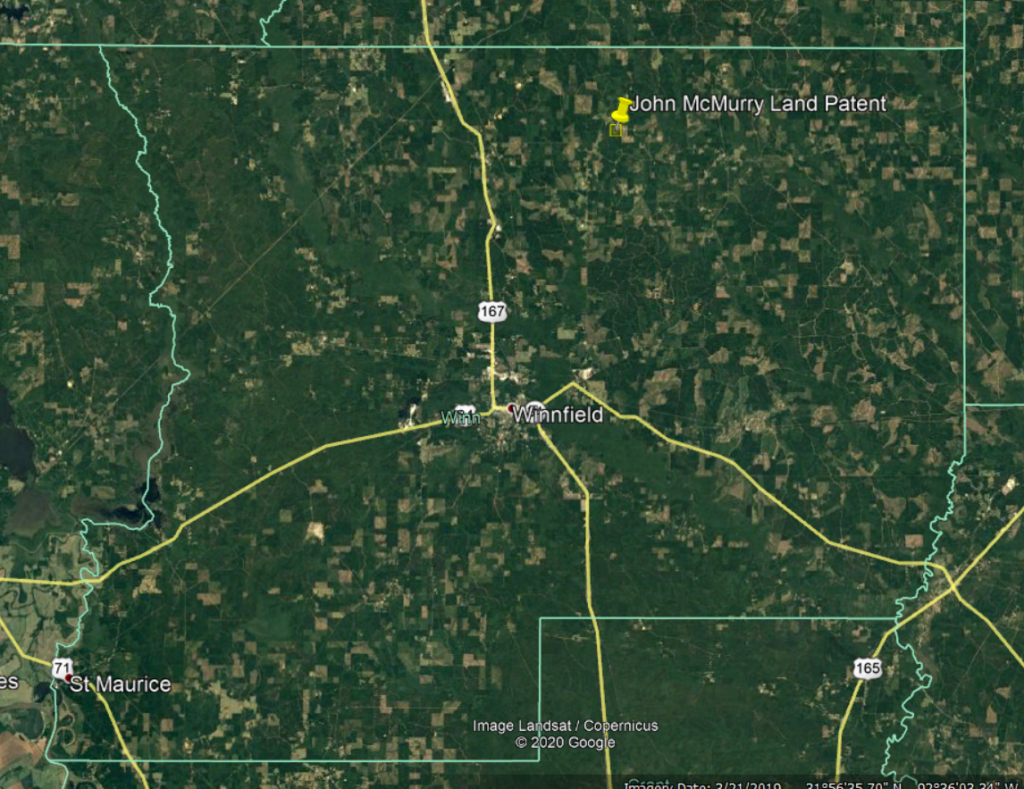
S 1/2 of NW 1/4 and N 1/2 of SW 1/4 of Section 22, Township 13N, Range 2W
So I hired my first NARA researcher to retrieve the records. Brian Rhinehart from Rhinehart Roots was easy to work with — affordable, professional, and quick. He goes to DC almost monthly, and I placed my order with him while he was on a research trip. Because of this great timing, I received his photographs of John McMurry’s homestead application within 24 hours!
Continue reading Learning More About John McMurry from Federal Land Records

